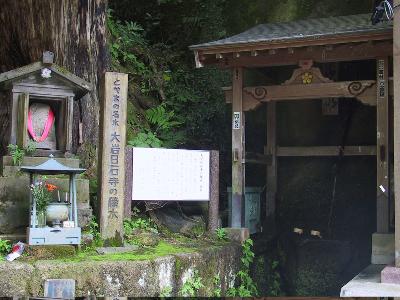|
From the Genroku Era of the Edo period, high-quality 'washi' papermaking flourished in Ecchu Yao, where clear spring water bubbles up from the foot of the mountains. Yao washi was durable and elastic, becoming the paper of choice for packaging medicine and ointment by doctors. Even now, the paper is used in many areas, with processed goods including wallets and bags.
Keijusha paper mill has protected the traditions of Yao washi over many years. Inside the mill is a small washi museum called 'Washi Library', which introduces paper not only from Japan, but all over the world as objects of craftwork. The museum's four sections exhibit papyrus from 1000 B.C., paper-production methods, old hand-copied Japanese sutras, late-Edo period daily commodities made from washi, on so on.
The actual paper mill is built right next to the museum, where visitors can watch and take part in making washi.
Keijusha paper mill has protected the traditions of Yao washi over many years. Inside the mill is a small washi museum called 'Washi Library', which introduces paper not only from Japan, but all over the world as objects of craftwork. The museum's four sections exhibit papyrus from 1000 B.C., paper-production methods, old hand-copied Japanese sutras, late-Edo period daily commodities made from washi, on so on.
The actual paper mill is built right next to the museum, where visitors can watch and take part in making washi.
| [+ADDRESS] | 
|












